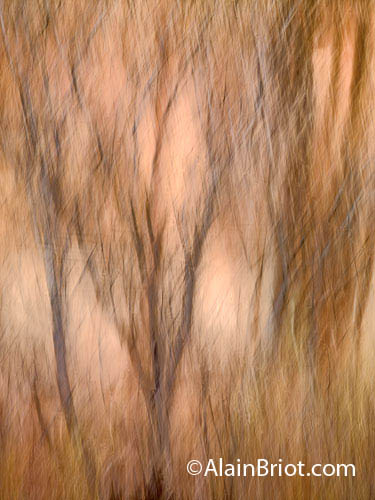Rod Witten
pro member
It seems that art has no boundaries (at least within the stretch of imagination), yet photography is limited to access and light. While some believe photography is a subset of art, is it possible that art and photography are on opposite ends of the same continuum? Stark reality on the right and interpretive expression on the left. The pin hole camera, a point on the far right and the artist brush or Photoshop "cut and paste" at the left most extreme. The image moves from the camera in a "raw" state to be "developed" in the "darkroom". The photographer (assuming that she/he is doing their own developing) may, or may not, perform the role of "artist" in the process. The demarcation line is vague, yet indirect attempts (http://ngm.nationalgeographic.com/photo-contest/manipulation) have been made to provide focus between "darkroom" real and "darkroom" art.

